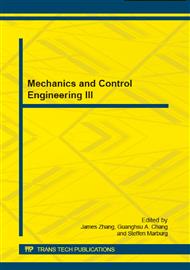p.63
p.70
p.79
p.85
p.93
p.98
p.102
p.113
p.118
Studies on the Ultra-Low NOx Burner Technology Using Partial Oxidation Reaction
Abstract:
A new concept of low NOx burner, based on a partial oxidation combustion concept, is successfully applied in this research. The burner is designed such that a portion of liquid fuel is heated and pre-vaporized in the furnace then injected into a fuel rich combustion zone so that a partial oxidation reaction occurs. The effects of equivalence ratio, thermal load, and fuel distribution ratio on the emissions of NOx and CO are experimentally investigated. This newly developed burner showed very low NOx emission level, about 12 ppm, when light oil is used as a fuel.
Info:
Periodical:
Pages:
93-97
Citation:
Online since:
December 2014
Authors:
Keywords:
Price:
Сopyright:
© 2015 Trans Tech Publications Ltd. All Rights Reserved
Share:
Citation:


